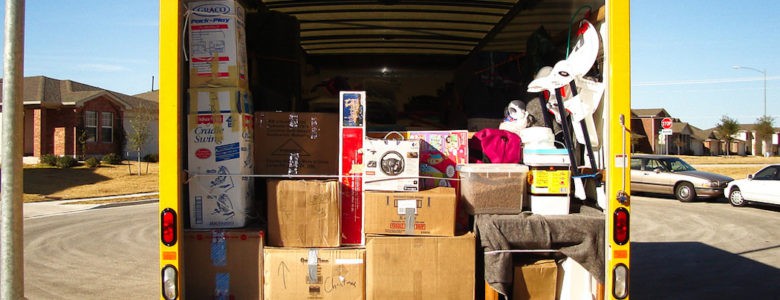One of the biggest selling points in modern real estate is called “walkability.” While cars are still an undeniable factor in American life, more an more people are moving places where they can avoid the expense and hassle of owning one. They want to live in a city that’s walkable, or at least bike-able.
Walkability is good for us. According to Walk Score:
Health: The average resident of a walkable neighborhood weighs 6-10 pounds less than someone who lives in a sprawling neighborhood.1
Cities with good public transit and access to amenities promote happiness.2Environment: 82% of CO2 emissions are from burning fossil fuels.3 Your feet are zero-pollution transportation machines.
Finances: Cars are the second largest household expense in the U.S.4 One point of Walk Score is worth up to $3,000 of value for your property.5 Read the research report.
Communities: Studies show that for every 10 minutes a person spends in a daily car commute, time spent in community activities falls by 10%.6
The nation is beginning to take notice. Cities across the country are sprouting “planned communities,” complete with walking trails, bike trails, grocery stores, gyms, coffee houses and just about anything people need — all within easy walking distance.
Still, most Americans don’t live in planned communities. Most live in the suburbs or in older neighborhoods that were built before “walkability” was a word. City dwellers, though, have known walkability for as long as there have been city dwellers. Here is a list of the 10 most walkable cities in the United States.
If you are looking for a place to move where you can ditch your car, try one of these:
1. New York City
It’s not surprising that the Big Apple, long known for its underground subway system and its bus system, tops the list of walkable cities. In New York, a car is a liability. Parking can cost north of $50 a night and even if you can find street parking, you have to move your car every other day or you get a hefty ticket.
2. San Francisco
The City by the Bay is the number two most walkable city. The entire Bay Area is linked by several bus and train systems, making it possible, if not always cheap and easy, to go pretty much anywhere.
3. Las Vegas
Las Vegas is bustling, but it’s a small city. Most businesses are located within a few blocks of each other, and even if you wan to leave the Strip or Downtown, there is a bus system.
4. Honolulu
Who wants to leave the beach when you’re in paradise? Even if you do, Honolulu has a great bus system.
5. Washington, D.C.
Hobnob with some of the most powerful people in the world on the D.C. Metro subway system or on the bus. Okay, the most powerful people are likely in cars, but having a car in our nation’s capital can be very expensive.
6. Boston
When the weather allows, Boston is one of the most walkable cities in the nation, with most of the major attractions being within foot distance. If the weather does take a turn for the worst, Boston has a subway system, an excellent bus system and water taxis.
7. Portland
Portland, Oregon has the double advantages of being small and being extra walk/bike friendly. The city has long been at the cutting edge of alternative energy and in alternative modes of transportation. There is an extensive bike share system as well as a light rail, streetcars and busses.
8. Chicago
The nation’s third largest city is also one of the most walkable. Even during inclement weather, its train and bus system can take you almost anywhere within the city and to many places in the Chicagoland metro area.
9. Philadelphia
Philadelphia is one of our oldest cities and one of our most walkable.
Philadelphia ranks just after Boston (No.4 and No.3, respectively) in America Walks’ walkability ratings and is similar in its wealth of historic attractions, parks and squares. There are 67 National Historic Landmarks within the City of Brotherly Love’s confines; look for the Walk!Philadelphia signs to help you navigate. Spring and fall are the most glorious times to stroll, but the climate is relatively mild year-round, although below-freezing temperatures do occur in winter.
Philadelphia’s transit authority, SEPTA, runs buses, subways, trolleys and trains, so if you want to explore outside the Center City district, you have an efficient range of options. The Philadelphia Zoo, America’s oldest, is located in Fairmount Park, and is an easy walk from a SEPTA bus stop, for example.
10. Minneapolis
Minneapolis is certainly not one of our warmest cities in the winter, but its skyway system link over 69 blocks, complete with condo and aparemtne buildings and a wide array of shopping and entertainment. Minneapolis also has an excellent public transportation system.
Featured image via Kristoffer Trolle/Flickr.










